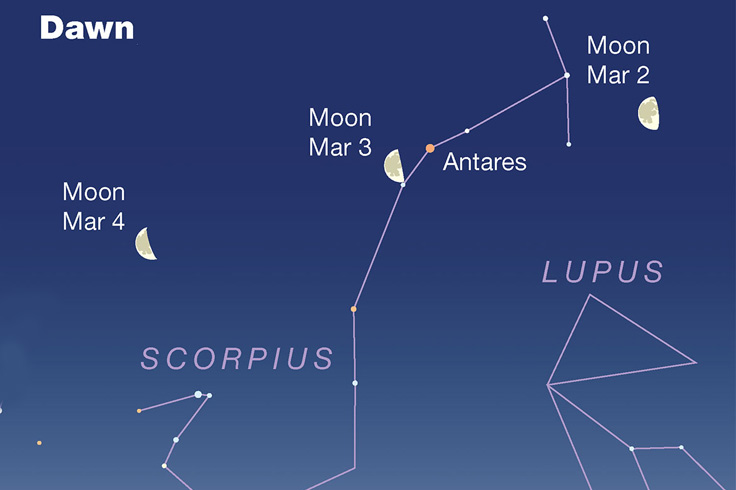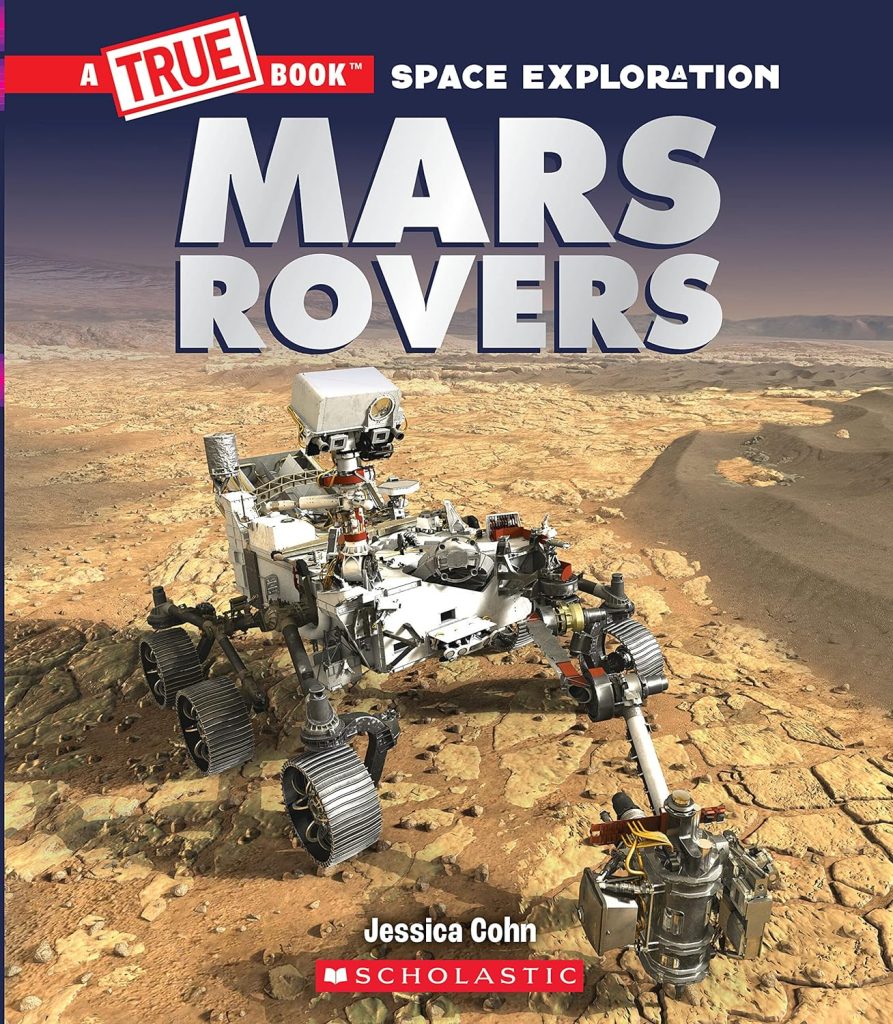Explore, Learn, Achieve: Your Physics Journey Starts Here
For astronomy enthusiasts, gazing at the night sky ignites a sense of wonder and a thirst for knowledge. While telescopes and stargazing apps offer practical tools, astronomy magazines provide a wealth of information, engaging stories, and captivating visuals, all readily available at your fingertips.
The best part? You don’t have to break the bank to explore the universe. Here are 5 free astronomy magazines you can access online or download as PDFs:
1. Sky & Telescope: A leading publication in the field of Sky & Telescope: https://www.skyandtelescope.com/ boasts a rich history dating back to 1941. The Astronomy magazine offers articles on current astronomical research, observing tips, stunning astrophotography, and even equipment reviews. One recent, noteworthy article is “The James Webb Telescope’s Deep Field: Unveiling the Universe’s First Light,” which delves into the groundbreaking images captured by the telescope, offering scientists a glimpse into the universe’s earliest galaxies and shedding light on star formation and the evolution of the cosmos. This information is invaluable for understanding the history and structure of the universe, aiding further research and potentially rewriting our understanding of cosmic evolution.

Constellations near moon at the Dawn. (Image Courtesy from the website https://skyandtelescope.org)
2. Astronomy Magazine: Another popular choice, Astronomy Magazine: https://www.astronomy.com/magazine/ features engaging stories about the universe, accessible explanations of complex concepts, and beginner-friendly observing guides. In their recent issue, the article “Black Hole Collisions: Unveiling the Most Energetic Events in the Universe” explores the recent detection of gravitational waves from colliding black holes, providing scientists with crucial insights into the nature of these enigmatic objects and the power of gravitational interactions. This information helps refine our understanding of black holes, their formation, and their role in the universe, potentially leading to groundbreaking discoveries in the field of gravitational physics.

Figure-2: Picture of a Sun projector with cheap binoculars (Image from the Astronomy Magazine)
3. Mercury: Published by the Astronomical Society of the Pacific, Mercury caters to both amateur and seasoned astronomers. It offers in-depth articles on various astronomical topics, historical perspectives, and even book reviews. A recent article that gained significant attention is “The Search for Extraterrestrial Life: New Hope for Habitable Planets,” which discusses the discovery of potentially habitable exoplanets within our galaxy, reigniting the global conversation about the possibility of life beyond Earth. This information fuels the search for extraterrestrial life, directing future research efforts and potentially answering one of humanity’s most profound questions. You can find it online at: https://astrosociety.org/news-publications/mercury-magazine/mercury-archives.html.
4. The Universe Today: Focused on astronomy news and discoveries, The Universe Today: https://www.universetoday.com/ provides daily updates on the latest happenings in the cosmos, keeping you informed about the ever-evolving field. One recent article titled “NASA’s Perseverance Rover Discovers Organic Molecules on Mars” has generated significant interest, as it reveals the presence of organic molecules, potential building blocks for life, in Martian samples. This finding opens doors for further research into the possibility of past or present life on Mars, influencing future Mars exploration missions and potentially rewriting our understanding of the planet’s potential for life. To know more about Space Exploration, that includes the titles Human Missions to Outer Space, Mars Rovers, The International Space Station, and UFO’s, read the book ” Mars Rovers – A kindle Edition“

5. SPACE.com: While not strictly a magazine, https://www.space.com/ offers a plethora of free content, including news articles, videos, and interactive features related to space exploration, astronomy, and beyond. Their recent article “China’s Chang’e 5 Mission Successfully Returns Lunar Samples” details the successful retrieval of lunar samples by China’s Chang’e 5 mission, providing scientists with fresh material to study and potentially unlocking new insights into the moon’s formation and history. This information contributes to our understanding of lunar geology and potentially aids international collaboration in future lunar exploration endeavors.








